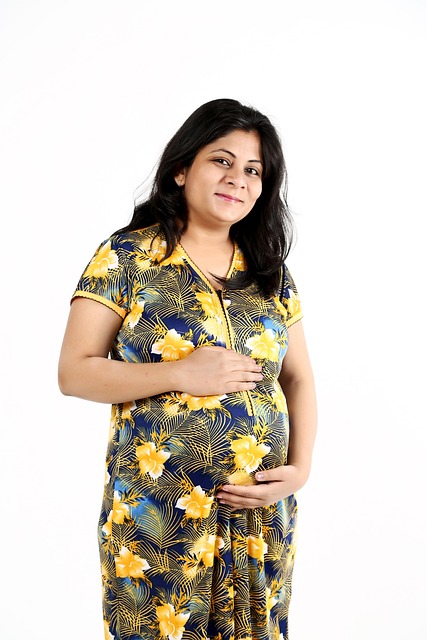In the months following the birth of my first child, I found myself haunted by unsettling thoughts. As I walked down the stairs holding my baby, I’d imagine tripping and colliding against the wall. While driving to the store with my son in the backseat, I envisioned a devastating crash. Even during bath time, I’d picture him struggling beneath the water’s surface. I thought I was losing my mind, transformed into a dark and anxious individual due to sleep deprivation. But then I spoke to another new mom.
“I experience that all the time!” she said, and we both felt a wave of relief. Together, we rationalized our grim thoughts: we were instinctively preparing ourselves to be vigilant mothers. It made sense—our minds were alerting us to potential threats, pushing us to be cautious while navigating stairs, driving, or responding to the phone when our children were in the tub. We were indeed protective moms.
Fast forward seven years, and while these intrusive thoughts have lessened, they still surface occasionally. Now, I find myself imagining tragic scenarios like a troubled individual entering my child’s school or violent incidents occurring at public events. These thoughts—elements of fear and dread—are beyond my control.
A while back, during a discussion about parenting trends, my father remarked that many in my generation seem “shell-shocked.” This resonated with me; we are, in fact, emotionally shaken by the relentless barrage of distressing news over the past two decades. As young adults, we witnessed catastrophic events unfold in real-time, from terrorist attacks to natural disasters, and since then, the news cycle has only intensified.
The constant stream of “Breaking News” showcases tragedies—bombings, child abductions, and brutal crimes—that fill our screens. It’s hard to shield ourselves from this influx of negativity, especially as media outlets compete for our attention with ever-urgent headlines. Just the other day, I tuned in briefly to find a children’s program, only to be met with a report on a horrific act of violence.
The internet has made information more accessible than ever, allowing us to know about dangers not only in our immediate surroundings but across the globe. While we can feel connected to a global community, the sheer volume of information can lead to a skewed perception of danger. It’s essential to remember that despite the alarming headlines, statistically, the world is not as perilous as it seems. Many parents become overly cautious, fearing threats that are statistically rare, like stranger danger.
To maintain my sanity and well-being, I’ve learned to limit my exposure to troubling news. I avoid local news segments that focus on violence, refrain from engaging with graphic content online, and steer clear of articles detailing tragic events involving children. I strive to balance awareness without succumbing to fear and hopelessness.
I constantly remind myself that while I cannot create an impenetrable bubble around my children, I can foster a healthier mindset for myself. This approach allows me to raise happier, more independent kids who can engage with the world without fear. Let’s commit to reducing our consumption of distressing news and instead focus on the beauty and positivity that life has to offer. Let’s encourage our children to explore, learn, and grow in a world that, despite its challenges, is also filled with wonder.
In summary, it’s crucial for parents to be selective about the information we consume. By shielding ourselves from excessive negativity, we can nurture a more optimistic outlook on life, fostering resilience and independence in our children. This proactive approach not only benefits our mental health but also shapes a brighter future for our families.
Keyphrase: Navigating Parenthood
Tags: home insemination kit, home insemination syringe, self insemination
